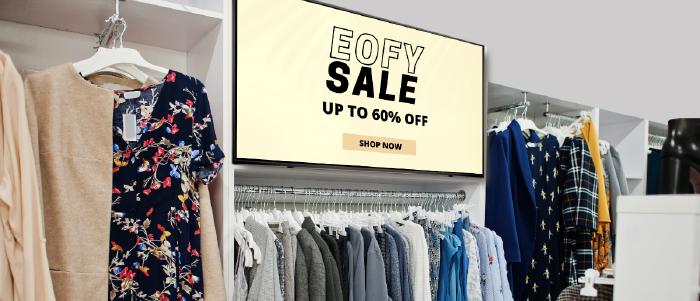
Sep 23 2022
7 min read

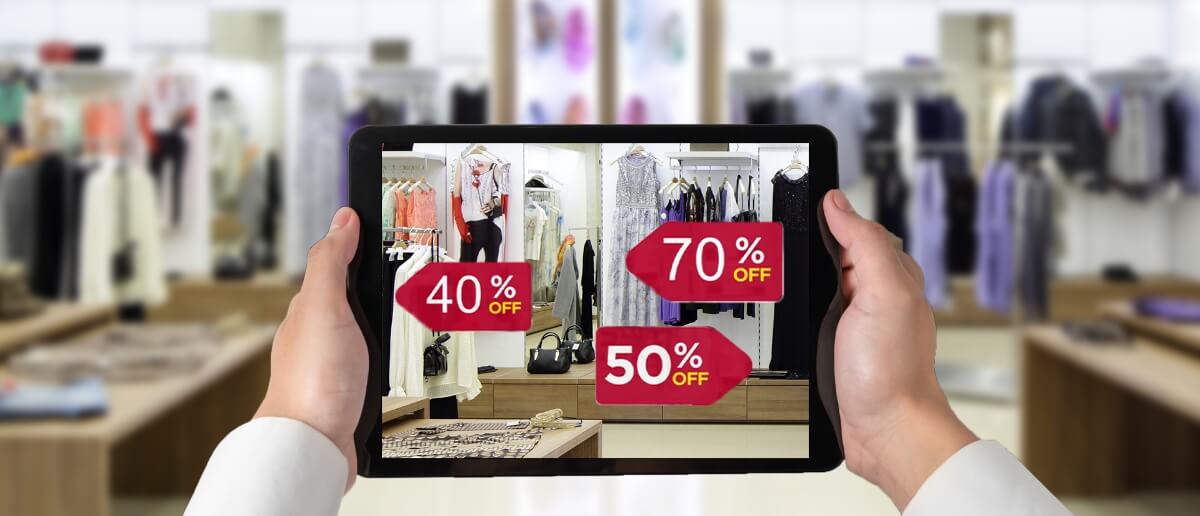
Sep
Slow-checkouts.
48% of consumers say this is the most frustrating aspect of their shopping experience. And we’ve all been there. Restlessly glancing at our watches as we slowly inch forward in a long line. It’s exasperating.
So, how do you find a solution?
In today’s digital world, incorporating the right technologies to automate the process is essential. In other words, use phygital strategies like self-checkouts. You can take a page from Amazon Go’s playbook. The company set up a phygital customer experience by adopting a cashier-less approach. It meant consumers could walk into a store, take what they needed and walk out.
No checkouts, waiting, or long lines—“grab and go,” as the brand’s tagline suggests. Here’s a sneak peek into how it works:
Your local retail store may not have the resources to implement the advanced shopping technologies needed for this. However, that doesn’t mean they can’t jump on the phygital bandwagon.
In fact, several SMEs are leveraging self-checkout kiosks solutions—with digital signage—to save money and improve customer experience.
But what do we mean by phygital, and more importantly, how does it drive growth for retail businesses? This blog will give you all the answers and real-life examples of brands riding the phygital wave. Read on.
Let’s face it, e-commerce is booming. And we have the COVID-19 pandemic to thank for it. Because of the imposed social distancing requirements, consumers shifted to online shopping, having spent a whopping $4.921 trillion in 2021.
Fast-forward two years, and in-store shopping is finally making a comeback. But consumers still crave the convenience e-commerce brings. Anything less leaves them disappointed, and this ultimately impacts your bottom line.
That’s where phygital comes into the picture. Offering the perfect blend of physical and digital shopping, this strategy gives your customers the best of both worlds.
Say you own both a physical and e-commerce shop— you might make 20% of your sales offline each month and the rest online. At first glance, your in-store performance might sound disheartening. But in reality, a good portion of your online sales might come from customers who had a positive experience in your physical store.
This shows how important it is to design an omni-channel purchasing experience that provides a variety of different touchpoints, thus cementing customer interactions in both online and offline channels. What are the benefits? Improved brand awareness, customer experience, and retention.
With 56% of in-store shoppers checking available products on their smartphones while buying in-store, it’s time to start blurring the lines between physical and digital experiences for your customers. The following seven strategies can help:
**Click and collect:**Shoppers can make the purchase online from your digital storefront and collect the order from your store or a designated pick-up location.
Buy in-store and ship home: This allows customers to buy products from your physical store and have them shipped home or to a location of their choosing.
Pop-up stores: Here, you set up temporary physical stores, so customers can see, feel and touch your products. While at the same time, using in-store displays, they can browse through your digital product catalogs or the complete retail inventory.
Self-checkout: Kiosks, iPads, and interactive screens can be used so that customers can pay whenever they want, without standing in long queues at the billing counter.
Local push notifications: To provide updates on various sales and discounts while customers are shopping in your physical store.
AR and VR technologies: Helps set up immersive digital experiences for customers shopping at your physical store, enticing them into trying your products and browsing for longer.
Now that you’re clear on the various benefits of using phygital in your business strategy, you’re probably wondering how to implement it in your own store. Draw inspiration from these five brands:
Nike is an excellent example of a brand that quickly caught on to the phygital trend. To give local shoppers in New York and Los Angeles a personalized phygital experience, the sportswear company started setting up neighborhood-centric pop-up shops.
It also conceptualized a members-only live store in Los Angeles. Here, customers who joined the NikePlus loyalty program could personalize a bunch of goodies relevant to that particular neighborhood.
Taking things a step further, the store updated its collection biweekly to reflect regional trends. It also used customer data from online purchases to customize specific in-store offerings, helping the brand attract an insane amount of attention and boosting brand loyalty significantly.
Nike’s speed shop, a part of its flagship store—Nike House of Innovation 000, in New York City—is tailored to the city’s busy, vibrant residents. Before visiting the shop, customers can select their favorite products, including size and color, using the NikePlus app’s retail feature.
Once finished, an employee will place their order in a self-service locker. In case they want to try something on, the product will be automatically delivered to a fitting room assigned to them. This phygital retail strategy has caught the eye of many New Yorkers, who are often pressed for time and appreciate the speedy and convenient customer service.
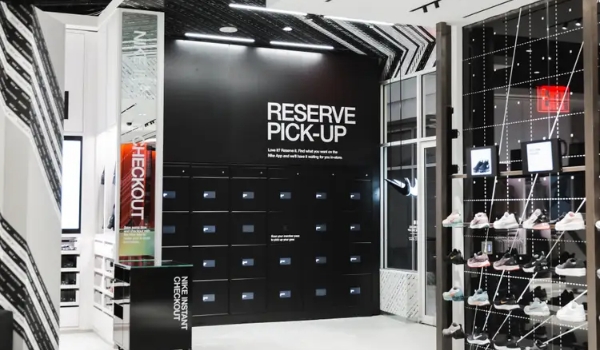
Rebecca Minkoff, a New York designer, made headlines in 2014 for reinstating oversized feature screens in her stores to provide shoppers with a shopping experience that struck the right balance between physical and digital.
Customers could browse through various items and choose preferred sizes simply by selecting the option on a touchscreen. When a fitting room becomes available, they’ll receive a text message assigning them to the room. They can also request more products or assistance through the changing room’s touch screen mirror.
The real deal is that Rebecca tagged all of her inventory with Radio Frequency Identification Technology or RFID chips. Because of this, store managers could easily track the goods customers try. It allowed them to maintain an accurate inventory view in real-time (which meant no stock outs!)
Gucci introduced its concept of immersive retail experiences in its Via Montenapoleone flagship store, based in Milan. It displayed ultra-high resolution 4k and 5k imagery across 50 huge LCD screens. The video content included various models strutting up and down the runway in Gucci’s finest.
Consumers could watch, pause, rewind, and search for specific content on the screen. If they like a particular item, they can choose it using simple hand gestures, and the item will automatically be sent to their mobile devices. Once they’ve finally on the product, they’ll be able to send an alert to the sales assistant asking for it to be reserved.
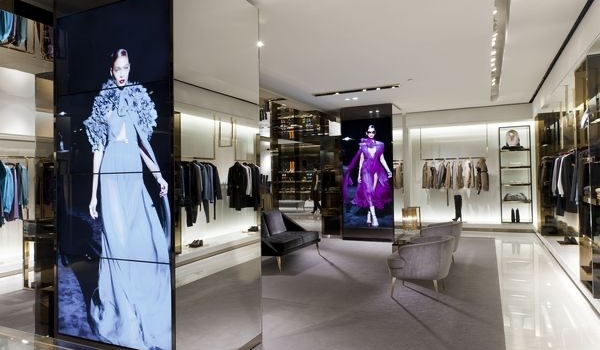
Macy’s invested in AR and VR technology to provide their customers shopping for home furnishings with a never-seen-before phygital experience. Customers can utilize the technologies to create a virtual room setting in seconds—and better understand how such products will function in their environment. They could even switch to alternatives by working remotely with a design assistant.
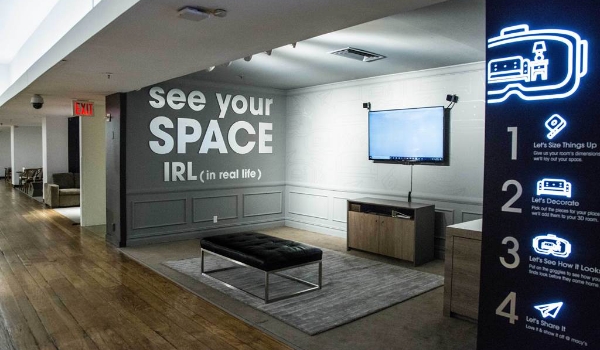
The luxury retail company, Chanel, installed AR intelligent mirrors in the fitting rooms of their flagship stores. Customers were asked to choose clothes they liked via an app and then booked an appointment to try the outfits on. The selected items would be brought to the fitting rooms automatically.
Each changing room was fitted with a digital mirror that allowed consumers to zoom in on tiny product details and inspect each item closely. This provided them with a seamless shopping experience combining cutting-edge technology and personalized shopping.
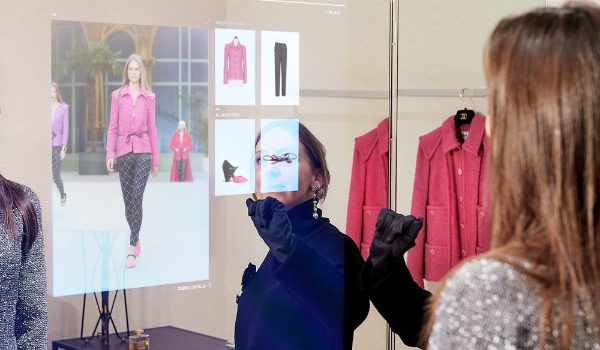

German manufacturer of athletic shoes and apparel, Adidas, is trying to implement and create a phygital experience in its stores. Their flagship store in New York has interactive displays, virtual try-on stations, and RFID( Radio Frequency Identification) enabled products
Additionally, Adidas has implemented augmented reality( AR) experiences, such as augmented reality-enhanced stores, to launch its new shoe collection. By implementing phygital experience in its marketing strategy, Adidas is trying to set itself apart from its competitors, providing customers with a unique and immersive experience that encourages them to purchase.
Phygital provides the speed and convenience of e-commerce and the ability to interact physically with products. The benefits don’t end here, though. If you’re still on the fence, here are four advantages to convince you otherwise:
Offers personalized recommendations and experiences to increase sales:
80% of shoppers prefer shopping with brands that provide experiences tailored to their preferences. And with 86% of marketers reporting that personalization campaigns grow their sales revenues by leaps and bounds, it’s safe to say you need to invest in personalizing your customer experience.
Phygital solutions like the Shopify POS will prove to be helpful here. It’s high time to bring the physical and digital worlds together for your customers, which can be accessed in-store and online. It also integrates into your system to help you offer personalized recommendations and interact with your customers based on tastes and preferences.
The best part? You’ll be able to achieve higher ROI on your ad spending, boost revenue, and increase your customer lifetime value.
Provides customers with a captivating customer experience:
A study by Walker in 2020 revealed that customer experience acts as a key brand differentiator, taking precedence over other aspects of a retail experience (pricing and product variety).
Phygital retail makes it convenient for consumers to interact with your brand via multiple channels at any given point in time. They’ll be given the option to choose their preferred method of shopping, making payments, and receiving their orders. This allows for greater flexibility, more sales, increased brand loyalty, and a memorable customer experience.
Boosts brand loyalty:
46% of consumers don’t mind shelling out bigger bucks to buy from a brand they trust. But earning this trust is easier said than done. By implementing a phygital strategy, you can use your online store to provide consumers with various product choices while allowing them to interact with the same products in-store.
As a result, consumers will be able to confirm the quality of your products, lowering their reservations to buy from you and increasing trust in your brand. And consumers who trust you are bound to buy from you. No questions asked.
Prevents inventory fails and stockouts:
According to a report in the Harvard Business Review, stockouts can gravely hurt your business. 7% to 25% of consumers may continue shopping from your store but refuse to consider different options. 21% to 43% will look for what they need elsewhere.
With phygital, you’ll be able to reduce the risk of stockouts since inventory levels are unified, leading to accurate reporting. This happens when you use the same platform to manage product inventory for both your online and offline stores.
No matter how big or small your retail business is, integrating digital technologies and experiences into brick and mortar businesses will create a seamless omnichannel experience for your customers.
As a first step, you can start using the same platform to manage your online and offline storefronts. This will give you a unified channel, making things significantly easier. Eventually, you can start introducing digital elements in your physical stores. Not only will this improve customer experience and loyalty, but you’ll also get more engagement in-store and online.
Take complete control of what you show on your digital signage & how you show it.
Start Free Trial Schedule My Demo
Sep 23 2022
7 min read
![What are 3D digital billboards for advertising? [5 Examples]](/blog/images/3d-advertising-billboard/banner_hu3a52995533a2f5f6af3321531a883f0d_86539_700x0_resize_q75_box.jpg)
Sep 8 2022
6 min read
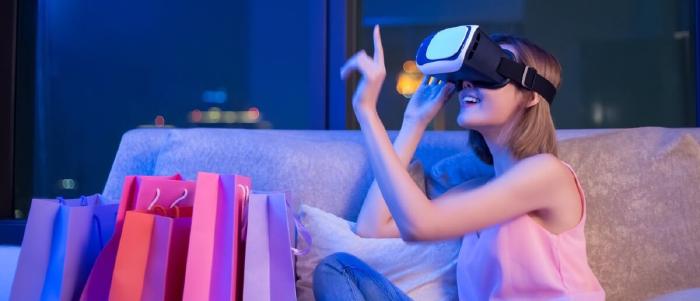
Aug 18 2022
6 min read
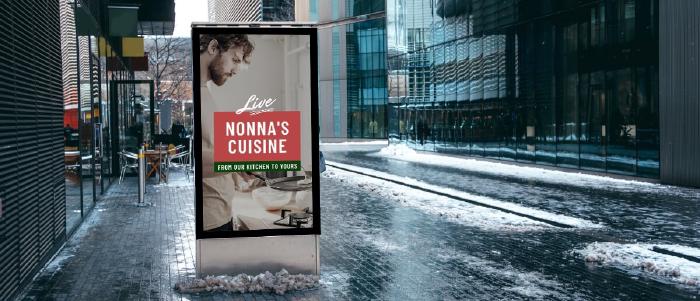
Jul 29 2022
11 min read